Every year, when it gets cold outside, we keep hearing a sentence “I’m cold.” What physiological processes are forcing us to say it so often?
Body is a clever machine
Our body can respond to external impulses in hundredths of a second. When we get out to the fresh air, the skin receptors immediately assess the temperature range they are in. If they conclude that it is cold outside, they do not hesitate to immediately send this information to the brain, which responds to it with several reactions.
It sometimes takes time and waits how long we plan to stay in the cold, or how intense our contact with cold will be. For example, it asks the following questions:
- Is some part of the skin going to be exposed to the cold?
- Is the body going to be exposed to cold water or cold air only?
- How long will the body stay in the cold?
- Can we stabilise our body temperature?
Fingers and limbs numb with cold
If it turns out that we are staying in the cold for a long time or that the cold is extreme and the temperature in the vicinity of the main organs would soon be reduced, the body begins to act. The organs such as heart, lungs and others in the thoracic and abdominal cavities are evaluated as the most important and all protection goes to this part of the body. This means that hot blood from the whole body will be directed here and the body will do its best to avoid a new cold dose in these parts. The blood vessels on arms and legs begin to contract like the ones in the ear lobes and nose and the body will stop transporting hot blood into these parts of the body. Their loss would be the least threat to the rest of the organism.
You may also feel the need to pee more often as a result of major blood flow to the most important organs. The kidneys are supplied with a warm stream of blood which causes the feeling that we need to go to the toilet.
What is interesting, however, is that the body does not only respond to the fact that the skin has suddenly cooled, but also to variations in its temperature. This means that, for example, if you get into icy water your brain reacts with the first contact with water faster than a rocket launched into space and tells the whole body it’s cold. When it realizes that the skin temperature stabilizes over time, it stops being “hysterical”, calms down and softens its nerve response.
This reaction is vital even though it sometimes makes the life of a “Hofer” and those who practice any kind of exposure to the cold a little bit unpleasant. It warns the organism that the body’s core temperature may be reduced, which could lead to dangerous hypothermia. In moments when our consciousness is numb with cold, this automatic physiological response of the body can save our lives. It is provided by hypothalamus, the part of the brain that is responsible for maintaining the balance within the body.
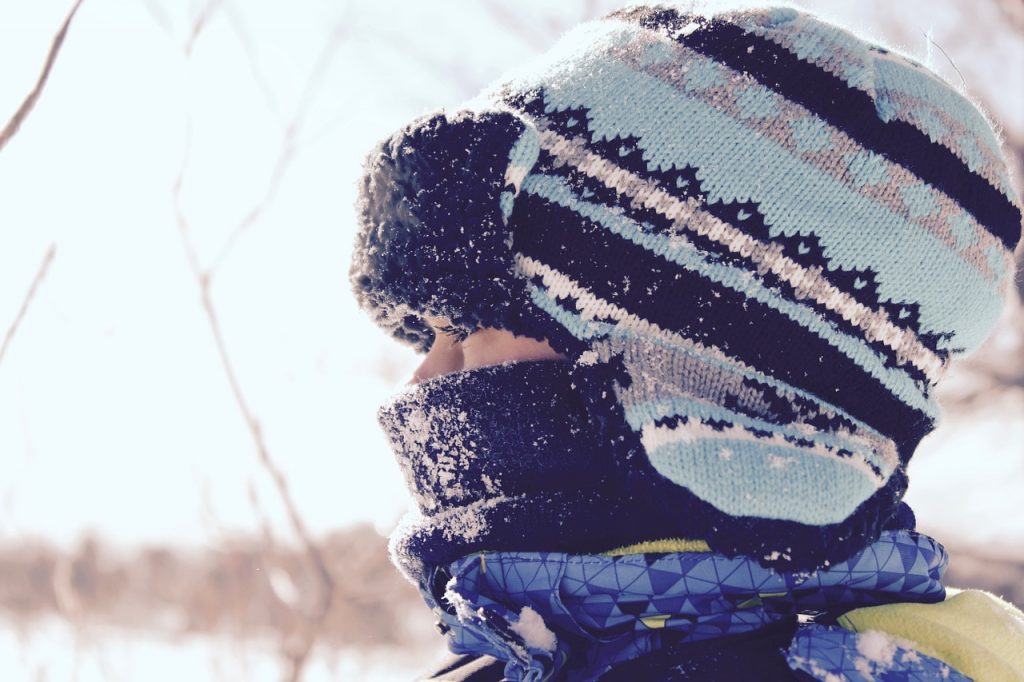
Shivering
It is the effort of the body to generate heat that is lost due to cold. When you shiver the nervous system transmits signals to the muscles that start to vibrate thus producing heat and heating the body.
But this is not the only reason for shivering. Recently has been found that brown fat can also cause shivering, which can be activated by a slight movement (e.g., shivering).
The third reason behind shivering can be: the energy excess. When one is exposed to the cold, adrenaline and other hormones are often released to prepare the body for difficult situations known as fight or escape. But when we get out of the water, it doesn’t go anywhere nor fights. But the energy is already released and as there is too much of it, the body needs to get rid of it. One way to do this after staying in the icy water is to shiver.
Goose bumps
The feeling of cold is often accompanied by goose bumps. It has its meaning as everything that happens in the human body, albeit smaller than in the past. Once upon a time, when our ancestors were walking on this planet, the hair on their bodies “bristled” and formed a thick insulating layer. Except for a few extraordinary individuals, mankind is no longer endowed with this insulating layer, but goose bumps still have its meaning. It is a way the body responds to increased heat loss. The surface of exposed skin is “wrinkled” to create an uneven surface and to close the pores through which heat escapes.
If some things are smaller than we wish…
When men start with cold water exposure, at the first “baths” they experience an unpleasant surprise that some things are smaller than they have been. But still they can count on their bodies. The scrotum where the testicles are placed, shrinks in cold water to protect them and maintain a safe internal temperature for sperm production.
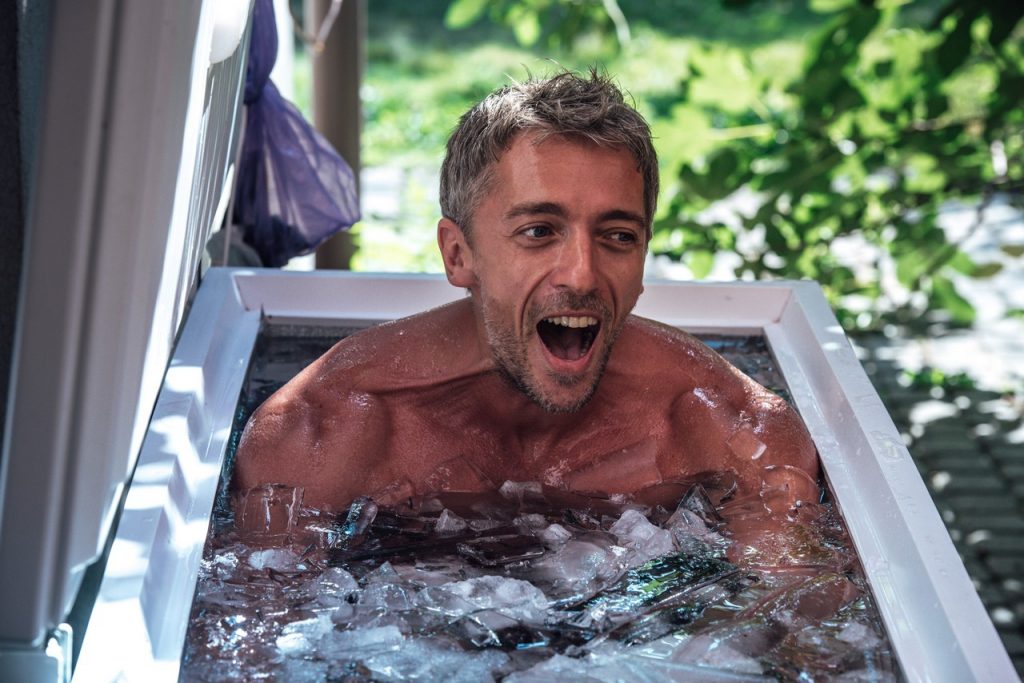
The colder around, the hotter we feel
However, it depends on us how often and to what extent the body will be forced to evoke all these reactions. If we avoid the cold and stay in endless thermal comfort, the ability of the body to manage and tolerate cold will be radically reduced and the colder we will feel. It’s just like any other training … How many kilometres do you run when you train twice a year? And how many will you run when you train twice a week? Cold tolerance must be built the same way – to some extent intuitively, but still systematically.
How? For example, by setting the temperature at home lower, going for a walk lightly dressed or even in summer clothes, having cold showers and swimming outside all year round. Although it may seem difficult at first, the body will help you. Think about it the next time you start shivering or see goose bumps on your forearm.


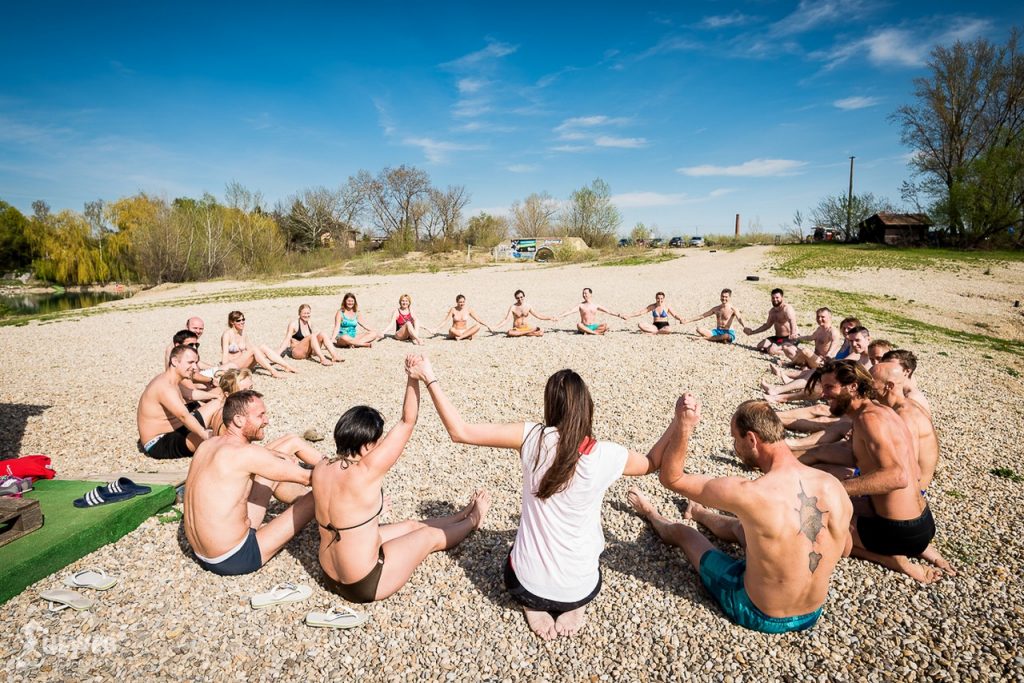
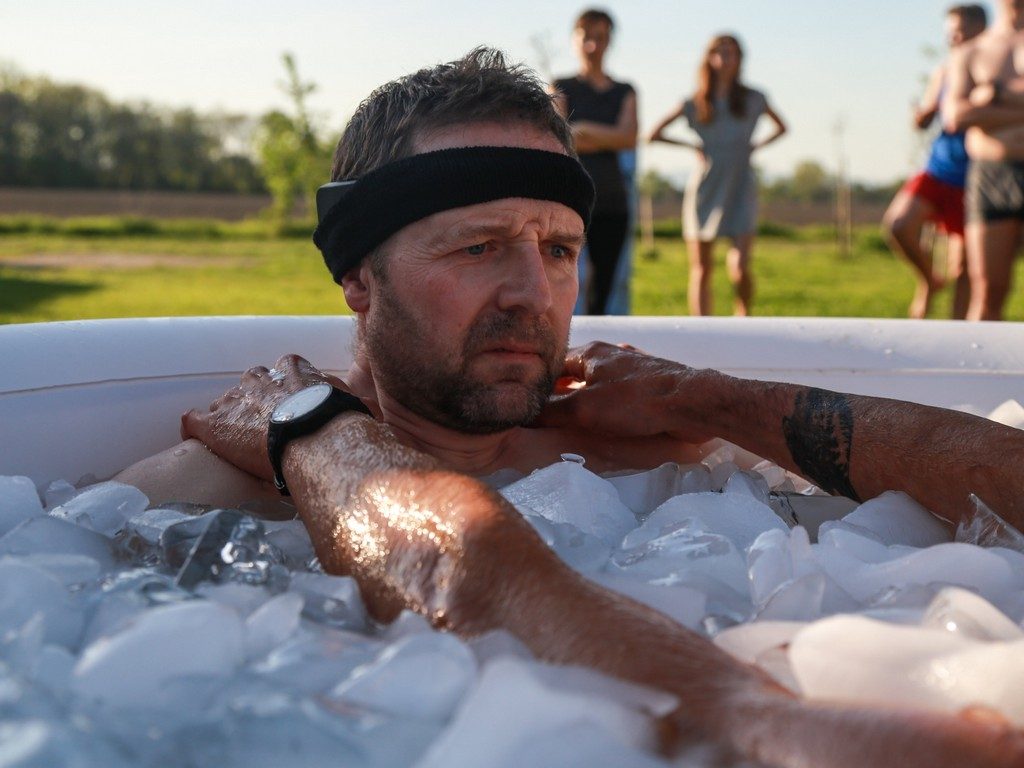
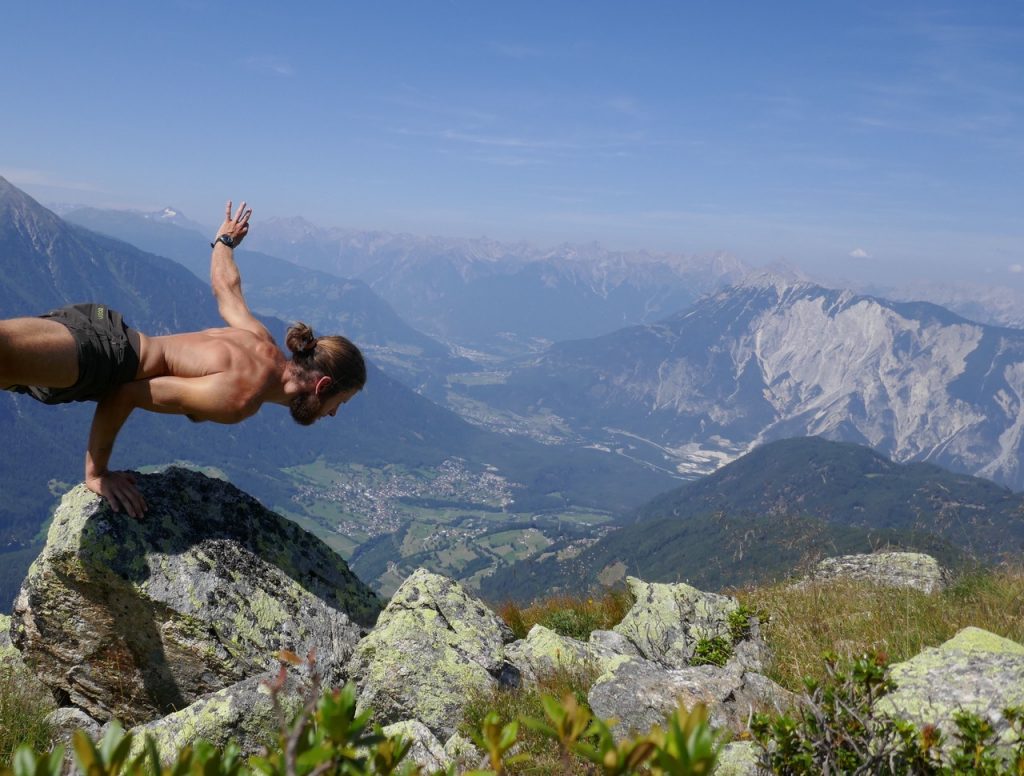
1 Comment. Leave new
Vyzera to super!